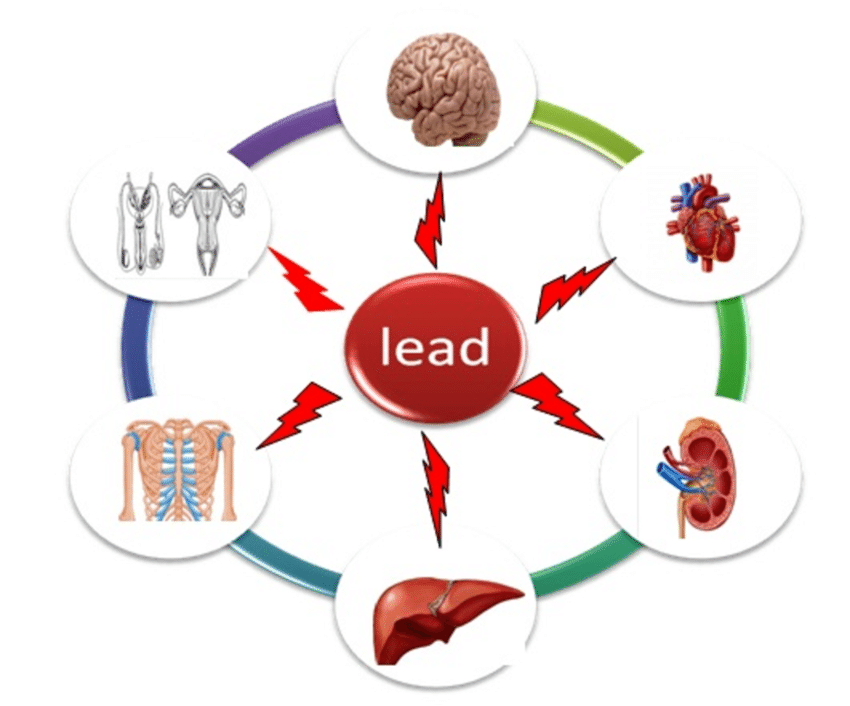Context:
The Deputy Chief Minister of Uttar Pradesh has directed an assessment of lead toxicity across 20 districts in the state to evaluate its impact on the health of pregnant women and children.
More on News:
- The Dr. Ram Manohar Lohia Institute of Medical Sciences in Lucknow has been assigned to lead the initiative as part of a World Bank-funded research project.
- CM has also instructed the principal secretary of the medical education department to support the Lohia Institute team in the designated districts and provide the necessary resources.
- This marks the first time such a lead toxicity assessment project is being undertaken in Uttar Pradesh.
- It is expected to bring significant improvements in the health of children, pregnant women, and other high-risk groups.
- Lead toxicity is a major public health concern in developing countries, as it can damage the nervous system, bones, and blood, and severely hinder the mental development of children and unborn babies.
- The project aims to assess lead levels in the blood of pregnant women and children aged 2 to 14 years.
- Teams from the Dr. Ram Manohar Lohia Institute will collect both blood and environmental samples from areas covered by primary and urban health centres.
- Environmental samples—including soil, drinking water, spices, cosmetics, and cooking utensils—will be gathered and tested for lead contamination.
- Blood samples from industrial workers will also be analyzed.
- Regional frontline health workers, including ASHA and ANM personnel, will support the initiative by conducting door-to-door surveys and helping identify affected individuals.
- The assessment will be carried out in 20 districts: Agra, Mathura, Mainpuri, Aligarh, Hathras, Etah, Farrukhabad, Firozabad, Kanpur Nagar, Kanpur Dehat, Banda, Jhansi, Kannauj, Auraiya, Jalaun, Hamirpur, Mahoba, Lalitpur, Chitrakoot, and Kasganj.
About Lead Toxicity

- Lead is a naturally occurring toxic metal found in the Earth’s crust.
- Its chemical and physical characteristics, such as its malleability, low melting point and resistance to corrosion, make it amenable to a range of uses.
- Its widespread use has caused extensive environmental contamination, human exposure, and significant public health problems globally.
- It is used in many products, including pigments, paints, solder, stained glass, lead crystal glassware, ammunition, ceramic glazes, jewellery, toys, some traditional cosmetics, and some traditional medicines.
- Once taken into the body, lead can cause permanent damage to the neurological and cardiovascular systems (UNEP & Pure Earth, 2019)
- It causes long-term harm in adults, including increased risk of high blood pressure, cardiovascular problems and kidney damage.
- Its exposure during pregnancy can cause reduced fetal growth and preterm birth.
- Key facts:
- Exposure to lead can affect multiple body systems and is particularly harmful to young children and women of child-bearing age.
- Lead is distributed to the brain, liver, kidney and bones. It is stored in the teeth and bones, where it can accumulate over time. Human exposure is assessed through the measurement of lead in blood.
- Lead exposure was attributed to more than 1.5 million deaths globally in 2021, primarily due to cardiovascular effects.
- Lead in bone is released into blood during pregnancy and becomes a source of exposure to the developing fetus.
- No level of exposure to lead is known to be without harmful effects.
- The harmful impacts on health from lead exposure are entirely preventable.

